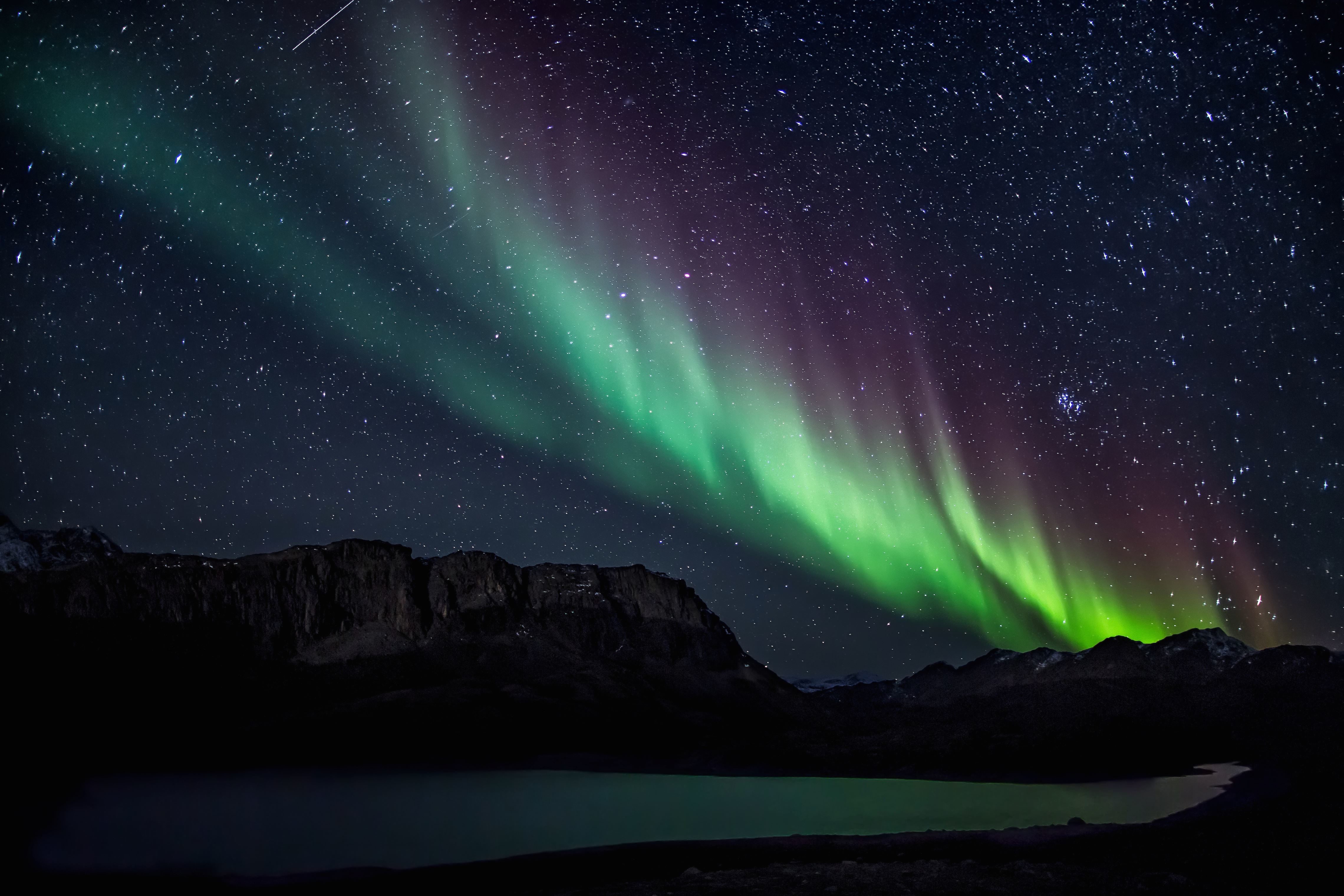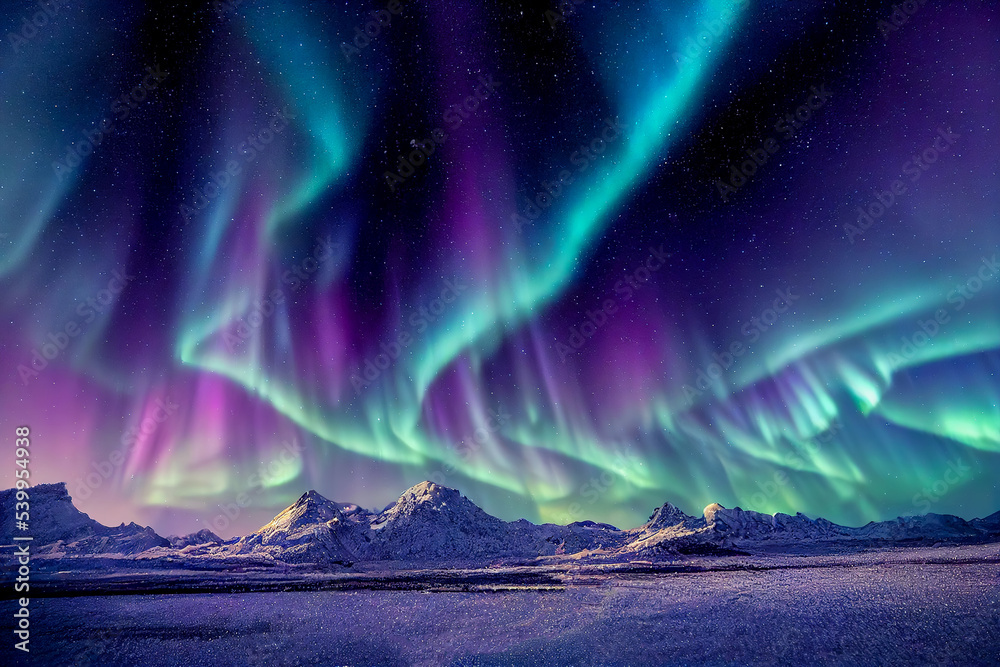Seeing the aurora borealis in New York might sound like a fantasy, but every few years, the northern lights make a rare but breathtaking appearance over the Empire State. While Alaska or Canada are the usual go-to spots for aurora chasers, New York—especially upstate—can offer a magical surprise when conditions align just right. Whether you're a seasoned stargazer or a curious traveler, catching the northern lights in New York is a bucket-list experience that’s worth chasing.
So, how often does this happen? And where should you go if you want the best chance of spotting it? Let’s dive into everything you need to know about the aurora borealis in New York, from what causes it to the best viewing spots and how to prepare for your own northern lights adventure.
It’s not a daily event, of course. In fact, you might wait a while before the sky lights up with green and purple waves overhead. But when it does, it's nothing short of magical.
Table of Contents
- What Is the Aurora Borealis?
- Why You Might See It in New York
- Best Places to See the Northern Lights in New York
- When Is the Best Time to See the Aurora Borealis in New York?
- How to Catch the Aurora Borealis in New York
- FAQ
- Conclusion
What Is the Aurora Borealis?
The aurora borealis, or northern lights, is a natural light display that happens when charged particles from the sun collide with gases in Earth's atmosphere. These collisions create shimmering lights that dance across the night sky, often in shades of green, red, purple, and blue. The phenomenon is most commonly seen near the Earth's magnetic poles, which is why countries like Norway, Iceland, and Canada are famous for their aurora sightings.
But here’s the cool part: under certain conditions, these lights can be seen much farther south—including in New York. It’s not a daily occurrence, but when solar activity is high, the aurora can stretch down into the northern United States.
You can learn more about how the northern lights work by checking out this article on Space.com.
Why You Might See It in New York
New York lies at a latitude that typically doesn’t experience the northern lights regularly. However, when a strong geomagnetic storm hits, the aurora can expand far enough south to be visible in the northern parts of the state. This usually happens during periods of high solar activity, like during the peak of the sun’s 11-year solar cycle.
Places like the Adirondacks, the Catskills, and the Finger Lakes have had sightings in the past, especially when there’s a clear sky and little light pollution. The further north you go in the state, the better your chances are. Cities like Plattsburgh, Lake Placid, and even parts of the Thousand Islands have reported visible auroras during strong solar storms.
Best Places to See the Northern Lights in New York
If you’re hoping to catch the aurora borealis in New York, your best bet is to head somewhere remote with minimal light pollution. Here are a few top spots:
- Adirondack Park – One of the largest protected areas in the U.S., with clear skies and wide-open spaces.
- Catskill Park – Closer to NYC, but still offers dark skies and beautiful backdrops.
- Thousand Islands – A scenic region along the St. Lawrence River that’s often quiet and perfect for night viewing.
- Allegany State Park – Located in western New York, this park is known for its stargazing events and dark skies.
- Hamlin Beach State Park – Near Rochester, this lakeside spot provides wide-open views of the sky.
It’s always a good idea to check local astronomy groups or apps that track aurora forecasts, like our aurora forecast guide, to know when you might have a shot.
When Is the Best Time to See the Aurora Borealis in New York?
Winter is generally the best season to see the northern lights—longer nights and clearer skies make for better viewing conditions. In New York, the months of September through April offer the highest chance of aurora sightings.
The peak of the solar cycle also plays a big role. The sun is currently moving into a more active phase, so the next few years might bring more frequent and intense auroras. Keep an eye on space weather alerts, especially around solar flares or coronal mass ejections.
As a general rule, the best time to look up is between 9 PM and 2 AM, with midnight being the most active period during strong storms.
How to Catch the Aurora Borealis in New York
Here’s a quick guide to help you get ready for your aurora-chasing trip:
- Check the forecast. Use apps or websites that track geomagnetic activity, like the aurora forecast page or the NOAA Space Weather Prediction Center.
- Pick a dark location. Light pollution can wash out the aurora, so head to a remote area away from city lights.
- Be patient. Sometimes the lights are faint or only visible for a short time. Give yourself a few hours to watch the sky.
- Bring warm clothes. Winter nights in New York can be brutally cold. Dress in layers, wear gloves, and bring a thermos with something warm to drink.
- Use a camera if you can. The human eye might not see the full colors of the aurora, but a camera with a long exposure can capture the vibrant hues.
- Don’t give up after one night. If you don’t see it the first time, keep checking the forecast. You might get lucky next time.
Some people have even spotted the aurora from their own backyards during strong storms. So, if you're not up for a road trip, just keep looking up after a big solar flare.
Frequently Asked Questions
Can you really see the northern lights in New York?
Yes, you can—but not very often. During strong geomagnetic storms, the aurora borealis can be visible in the northern parts of New York, especially in remote, dark-sky areas like the Adirondacks or Thousand Islands.
What time of year is best for seeing the northern lights in New York?
The best months are September through April, when nights are long, skies are clear, and solar activity is typically higher. Winter nights are generally the best bet, especially around the new moon when the sky is darkest.
What causes the aurora borealis to be visible in New York?
The northern lights become visible when a burst of charged particles from the sun—called a solar storm—interacts with Earth’s magnetic field. If the storm is strong enough, the aurora expands far south, sometimes reaching New York’s latitude.

/GettyImages-498928946-59cd1dd3af5d3a0011d3a87e.jpg)

Detail Author:
- Name : Kayley Kautzer II
- Username : reymundo74
- Email : rodriguez.audreanne@hotmail.com
- Birthdate : 2001-05-31
- Address : 97063 Hickle Fields Madieville, LA 35316
- Phone : (660) 253-3908
- Company : Collins-Kris
- Job : Production Inspector
- Bio : Magni cum magni ea. Eius est quidem et.
Socials
facebook:
- url : https://facebook.com/gislasonj
- username : gislasonj
- bio : Architecto sunt cumque et nostrum placeat mollitia.
- followers : 3935
- following : 1326
instagram:
- url : https://instagram.com/jacquelyn6502
- username : jacquelyn6502
- bio : Aut in eius doloribus distinctio est. Magnam aut earum quas ad laudantium itaque ad qui.
- followers : 772
- following : 208
tiktok:
- url : https://tiktok.com/@jacquelyn9518
- username : jacquelyn9518
- bio : Distinctio id laborum sint et cupiditate.
- followers : 2506
- following : 1882
twitter:
- url : https://twitter.com/gislason1976
- username : gislason1976
- bio : Impedit unde id modi error nihil ex quod. Recusandae quia corporis dolores.
- followers : 4079
- following : 1680
linkedin:
- url : https://linkedin.com/in/jacquelyn.gislason
- username : jacquelyn.gislason
- bio : Fugit non sunt repellat ex.
- followers : 1450
- following : 1679

